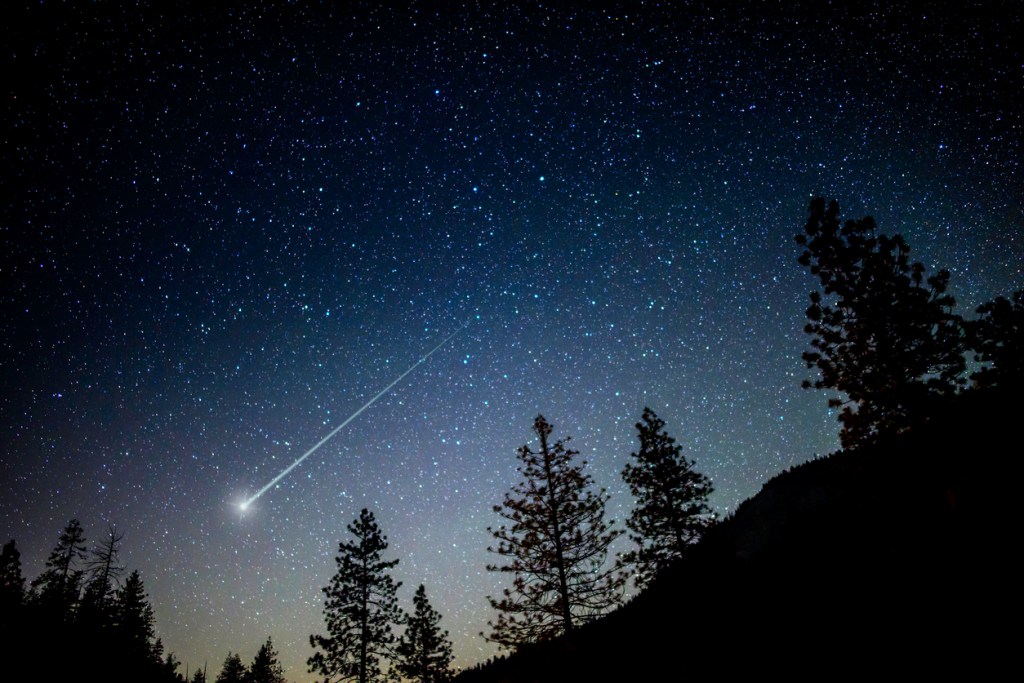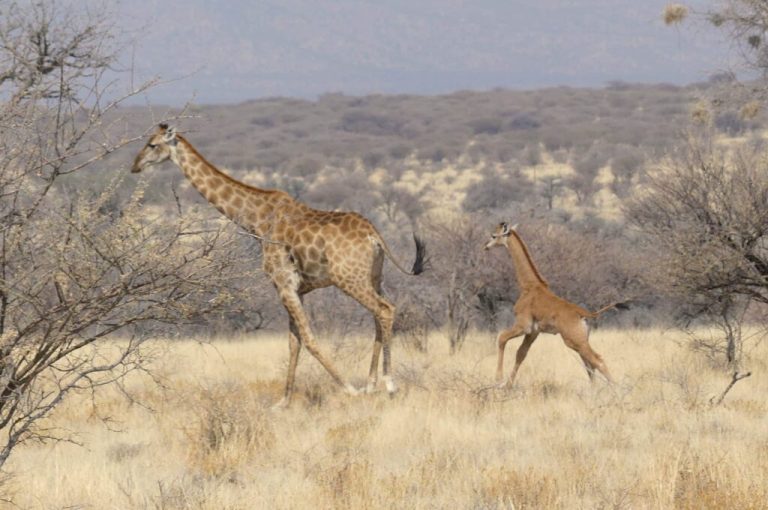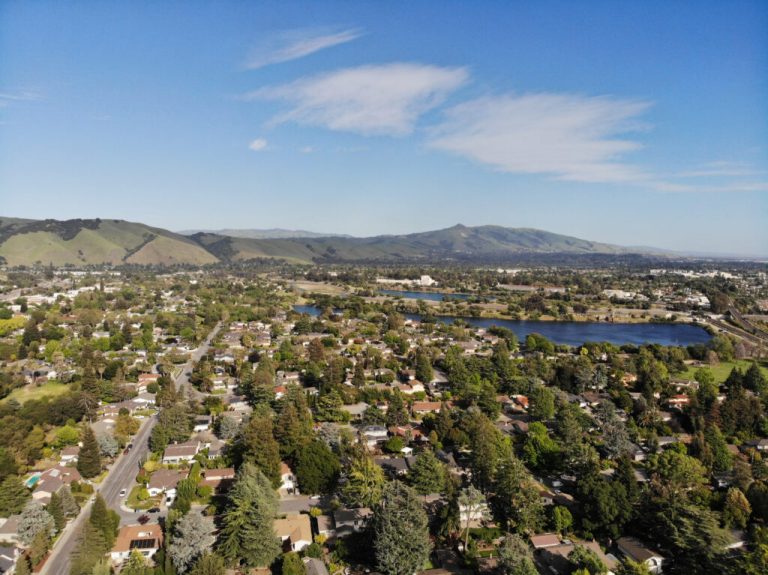While February is set to be a fairly low-key month for astronomical happenings, it starts off strong: by offering an excellent chance of spotting a 50,000-year-old comet that astronomers have been eagerly tracking since spring of 2022.
For all of February’s night sky highlights, read on.
CONSTELLATIONS
As far as constellations are concerned, the Old Farmer’s Almanac declares Orion the Hunter to be the uncontested winner of the February night sky. Looking to the south after sunset will yield an outstanding view. Orion’s brightest stars, the yellow-orange sparkle of Betelgeuse (the Hunter’s right shoulder) and the blue-white shine of Rigel (the Hunter’s left knee) — both considerably larger than our sun and classified as “supergiants” — are considered the easiest to spot within the constellation.
OTHER CELESTIAL EVENTS
The Green Comet (aka C/2022 E3 (ZTF))
Dates: Now through early February

The green comet, formally known as C/2022 E3 (ZTF), was first discovered by astronomers Frank Masci and Bryce Bolin at the Palomar Observatory in California in March of last year, according to Space.com. It has been brightening since November as it draws closer to Earth, with multiple sightings having been recorded and documented.
It will be closest to our planet, and thus at its brightest, on February 1, per NASA. For spectators hoping to catch a glimpse at that time, the comet might even be visible to the naked eye by looking north, just after sunset on that date, particularly if you’re lucky enough to be in a dark night sky location — although binoculars (or, even better, a telescope) are recommended for an optimal viewing experience. By February 10, the comet will have traveled east and appear close to Mars.
While the comet was only recently discovered, that doesn’t make it new. On the contrary: experts calculate that this comet last passed by Earth about 50,000 years ago, and “this may very well be the last time that C/2022 E3 comes our way again,” per Space.com. However, a comet needs to come close enough to our planet for our technology to actually be able to detect it, The Washington Post reports.
Full Moon
Date: February 5
This full moon will reach peak fullness at 1:30 p.m. ET on February 5, although it will be easiest to spot after sunset. Not surprisingly, this full moon is dubbed “the Snow Moon” due to the heavy snowfall considered typical for this time of year, Almanac explains.
New Moon
Date: February 20
As always, the new moon offers up the best overall stargazing opportunity of the month since the lack of moonlight makes the stars and planets more visible — so grab your blanket, a hot beverage, and enjoy looking up at the heavens!
RELATED: NASA’s James Webb Telescope Delivers Deepest and Sharpest Infrared Image of Space












